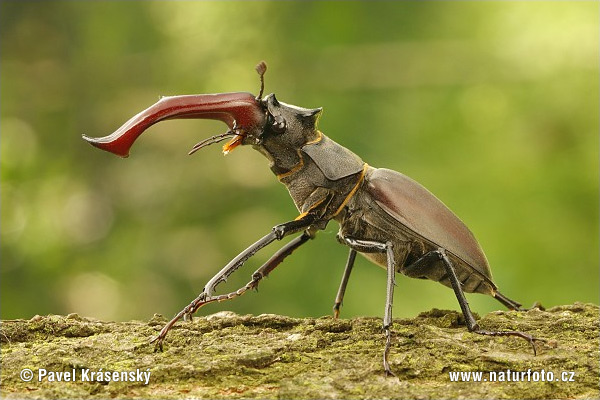The reason your answers are not reasonable is because they do not agree with the text, especially the original Hebrew in which it was written. Let's look at some of the explanations you presented.
The rear legs of many beetles do go backwards from the body similar to locusts and different to the 4 at the front.
Legs are legs, no matter which direction they point in. The verses quoted do not mention direction. They simply count legs. Nothing more. Nothing less. None of the creatures listed have only four legs. They all have six. So no matter how it is sliced, it is incorrect.
There are many kinds of Beetle and thismight be how to distingtuish between the beetles that can be eaten and the beetles that cannot. I believe this is plausible and reasonable
This is by no means reasonable nor plausible. In the list of birds, the list is pretty specific, even giving names. If god wanted to list specific beetles, he could have named them. The ancient peoples from various parts of the region had names for the various beetles. God could have used those names. The text does not use those names and, as a result, the generic noun used simple means "beetle."
Also, as pointed out above, the simple Hebrew of the quoted verses is clear that it is counting only four legs and no more ... not four legs that are different from the others.
Actually, as I look at images of beetles, your description is incorrect:
The rear legs of many beetles do go backwards from the body similar to locusts
Actually, most beetles have two pair (four legs) pointing to the BACK with one par pointing to the front. The rest tend to have two par pointing to the back, two more toward the middle and the remaining two toward the front.



The next image is a photo of an ancient Egyptian carving of a dung beetle:

Again ... six legs ... two sets pointing to the back with one set toward the front.
Could it not also mean "don't count the legs that are in front of the feet"?
No. Because the Hebrew word in the text does not mean "front" but "above." Also, as I pointed out, beetles tend to have two sets toward the BACK and not the front.
Could it not also mean "don't count the legs that are in front of the feet"?
The funny thing is that ancient Hebrew did not use a word for "feet." They had one word for the entire leg and that word was "regel." In fact, football (soccer) in Israel today is called Kidur Regel (kidur = ball and regel = leg) and, while it
means football is really
leg ball (the adjective follows the noun in Hebrew). So the word translated as "foot" is really a generic term that can apply to any part of the leg, including the foot.
The other word in the verse ... the one translated as "legs" ... is a Hebrew word that derives from the root word meaning to "bend" or to "bow." So have "legs" above their "feet" is really having a place that "bends" above their "legs" or "feet" and this would speak more of the multiple joints in an insects legs.

So the basic passage is trying to say that there are creatures that
go about on all fours (i.e. have four legs) and that these creatures have wings and that their legs have multiple joints. Then the passage identifies them as the locust, the grasshopper and the beetle. However, as said numerous times, all of these creatures have six legs and not four.
The passage is plain in the literal translations such as the King James Version of the Bible. The meaning is just as plain in the Hebrew text that was used to translate the King James Version (9th century Masoretic text).
You can try to come up with excuses all you would like, but the Bible is in error here.
OK....which ones do you have in mind?
One thing at a time. One thing at a time ...